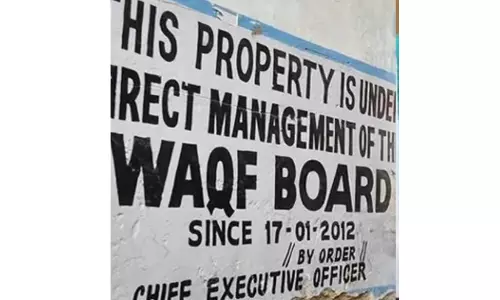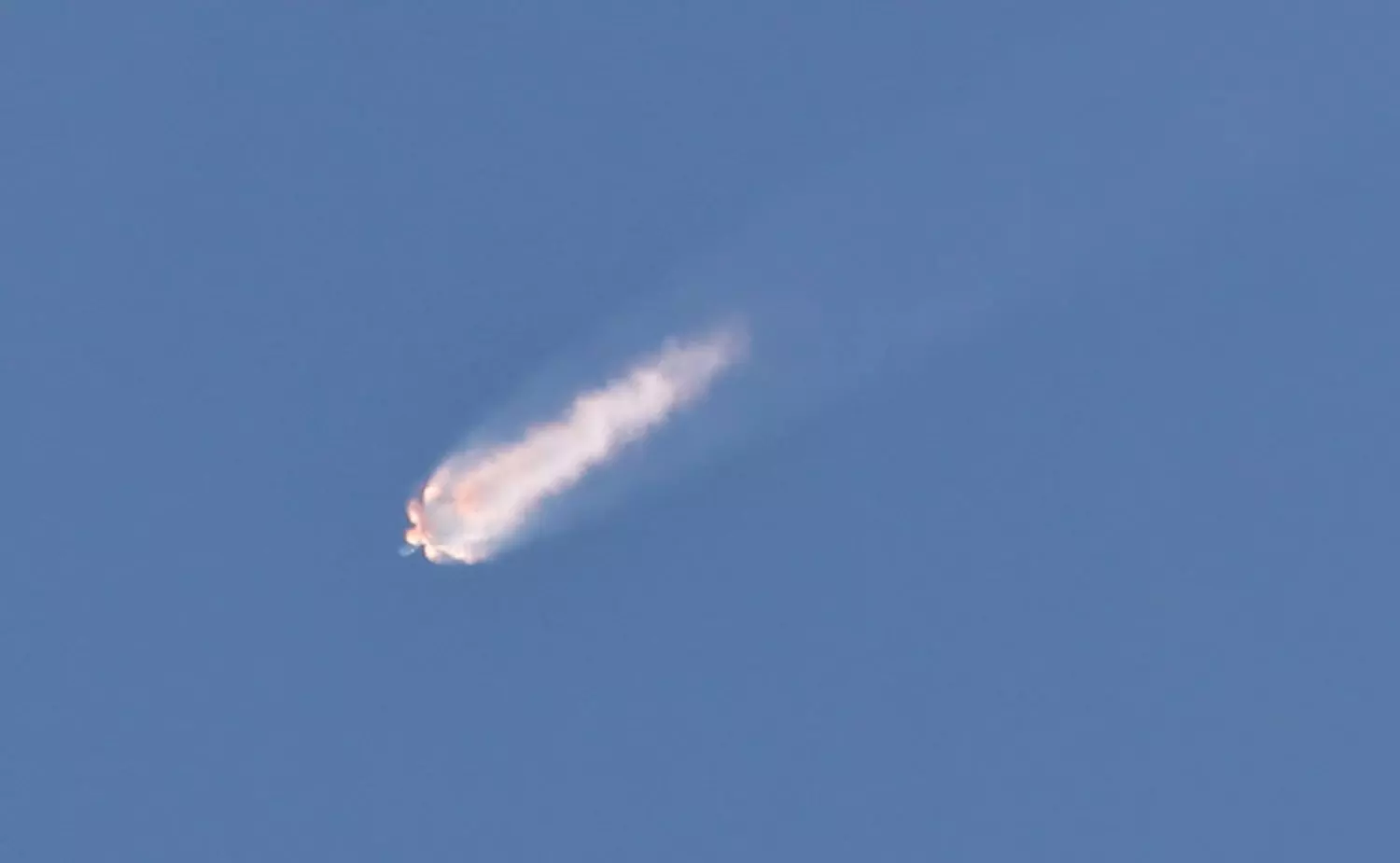
SpaceX's aircraft breaks up aflight after a successful booster catch
text_fieldsRepresentational.
Texas: In the latest test flight by SpaceX on Thursday, a spacecraft carrying a dummy satellite, broke up after a successful catch back of its booster at the launch pad a minute before. The company, owned by Elon Musk, said that the spacecraft's six engines shut one by one following the loss of contact within 8.5 minutes of flight, the Associated Press reported.
The spacecraft was supposed to soar across the Gulf of Mexico from Texas on a near loop around the world, similar to previous test flights. SpaceX packed it with 10 dummy satellites to practice releasing them. It was the first flight of this new and upgraded spacecraft.
A minute earlier, SpaceX used the launch tower's giant mechanical arms to catch the returning booster. The descending booster hovered over the launch pad before being gripped by the pair of arms dubbed chopsticks.
The thrill of the catch quickly turned into disappointment for not only the company but also the crowds gathered along the southern tip of Texas.
“It was great to see a booster come down, but we are obviously bummed out about the ship,” said SpaceX spokesman Dan Huot, adding it would take time to analyze the data and figure out what happened.
The last data received from the spacecraft indicated an altitude of 90 miles (146 kilometres) and a velocity of 13,245 mph (21,317 kph).
The 400-foot (123-meter) rocket had thundered away in the late afternoon from Boca Chica near the Mexican border. The late hour ensured a daylight entry halfway around the world in the Indian Ocean. But the shiny, retro-looking spacecraft never got nearly that far.
SpaceX had beefed up the catch tower after November's launch, but it ended up damaging sensors on the robotic arms, forcing the team to forgo a capture attempt. That booster was steered into the gulf instead.
The company also upgraded the spacecraft for the latest demo. The test satellites were the same size as SpaceX's Starlink internet satellites and, like the spacecraft, were meant to be destroyed upon entry.





















